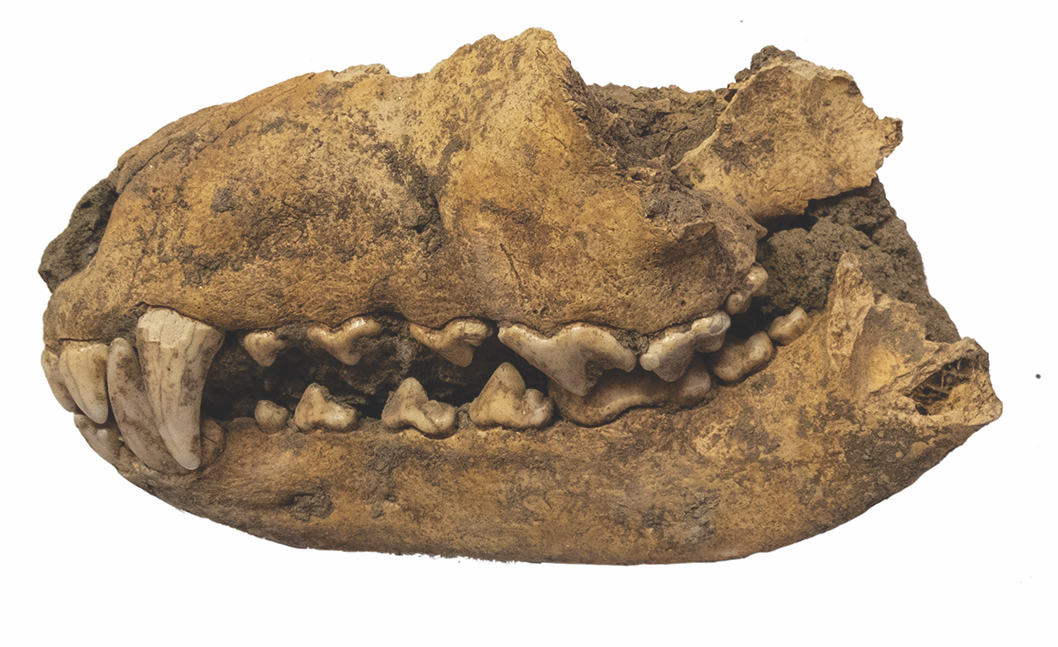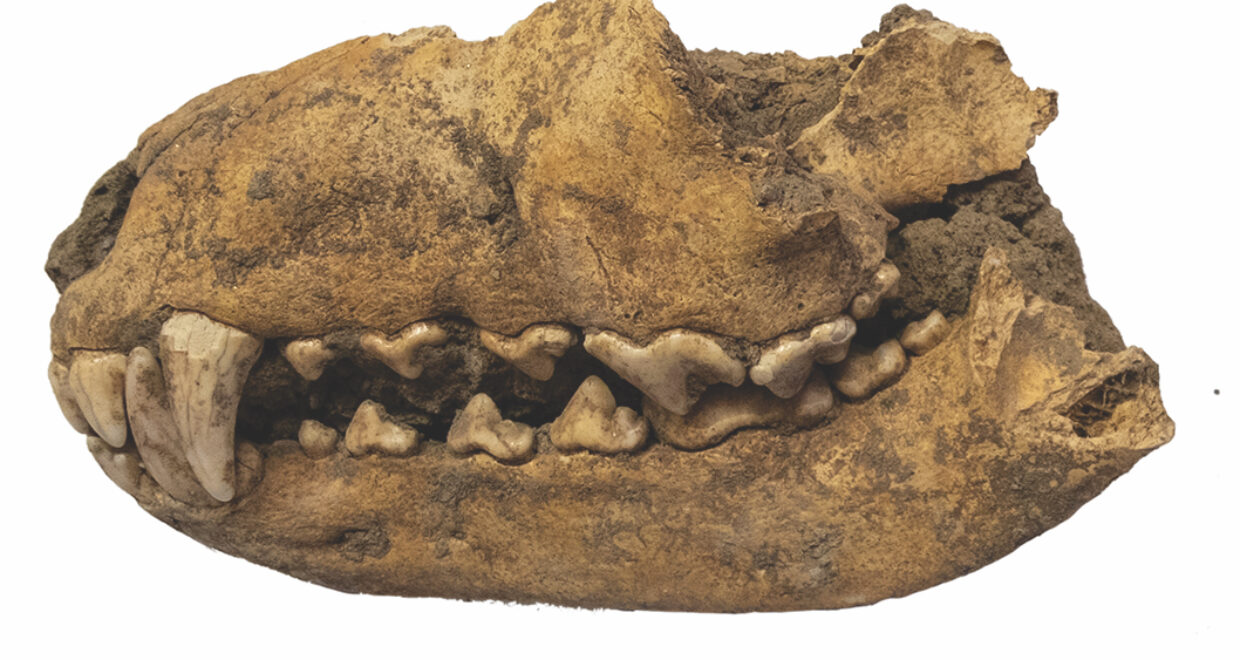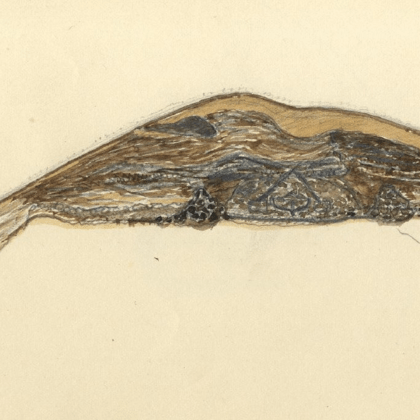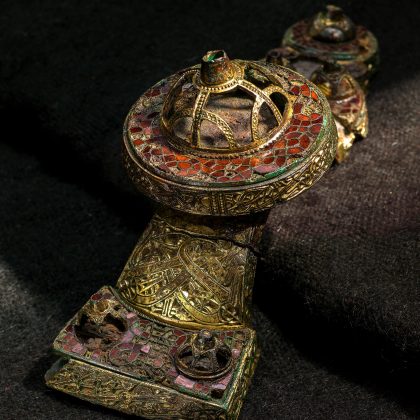Greyhounds of Late Iron Age Sweden
In Late Iron Age Scandinavia, roughly 500-1100 CE, increasing numbers of people started going to the grave with animal companions. As a general rule, the higher a person’s station in society, the more animals they were likely to take with them, and in a higher diversity of species.
But the species that seems to have been ubiquitous was the domestic dog (Canis familiaris). More dogs have been found associated with human burials than any other species in Scandinavia, and they persisted in this way to the end of the Viking Age, when most other animals had already disappeared from funerary assemblages.
Some of the best examples come from the elite burial grounds of central Sweden, such as Vendel, Valsgärde, and the famous Gamla Uppsala-seat of Swedish kings of the Vendel Period.
The dog of choice of the Swedish Iron Age aristocracy appears to have been the sight hound (tall, slender dogs such as greyhounds). These animals were probably employed in a form of game coursing that may have also involved raptors. Previously, such dogs have been known from graves at Vendel and Valsgärde, and the present research confirms their appearance at Gamla Uppsala.

At this site, six Viking Age boat graves have been located, five of which contain dog remains. Two of these are currently under study by the company Arkeologerna; the present study deals with the three of the remaining four in which dogs could be identified. Two of these belong to the sight hound type, confirming the persistence of this elite pastime even after Uppsala’s status as a royal centre diminished in the Viking Age.
This research helps to fill a longstanding gap in our knowledge of this society: the widespread keeping of dogs has been well known, but their remains have long gone understudied. Osteological analysis of the dogs and their treatment in graves is the first step towards a better understanding of their roles in the dual spheres of life and death in Iron Age Scandinavia.
Three Dogs from the Late Iron Age Boat Grave Cemetery at Gamla Uppsala Prästgården, Sweden by Christopher Nichols is out now, open access, in the European Journal of Archaeology.






